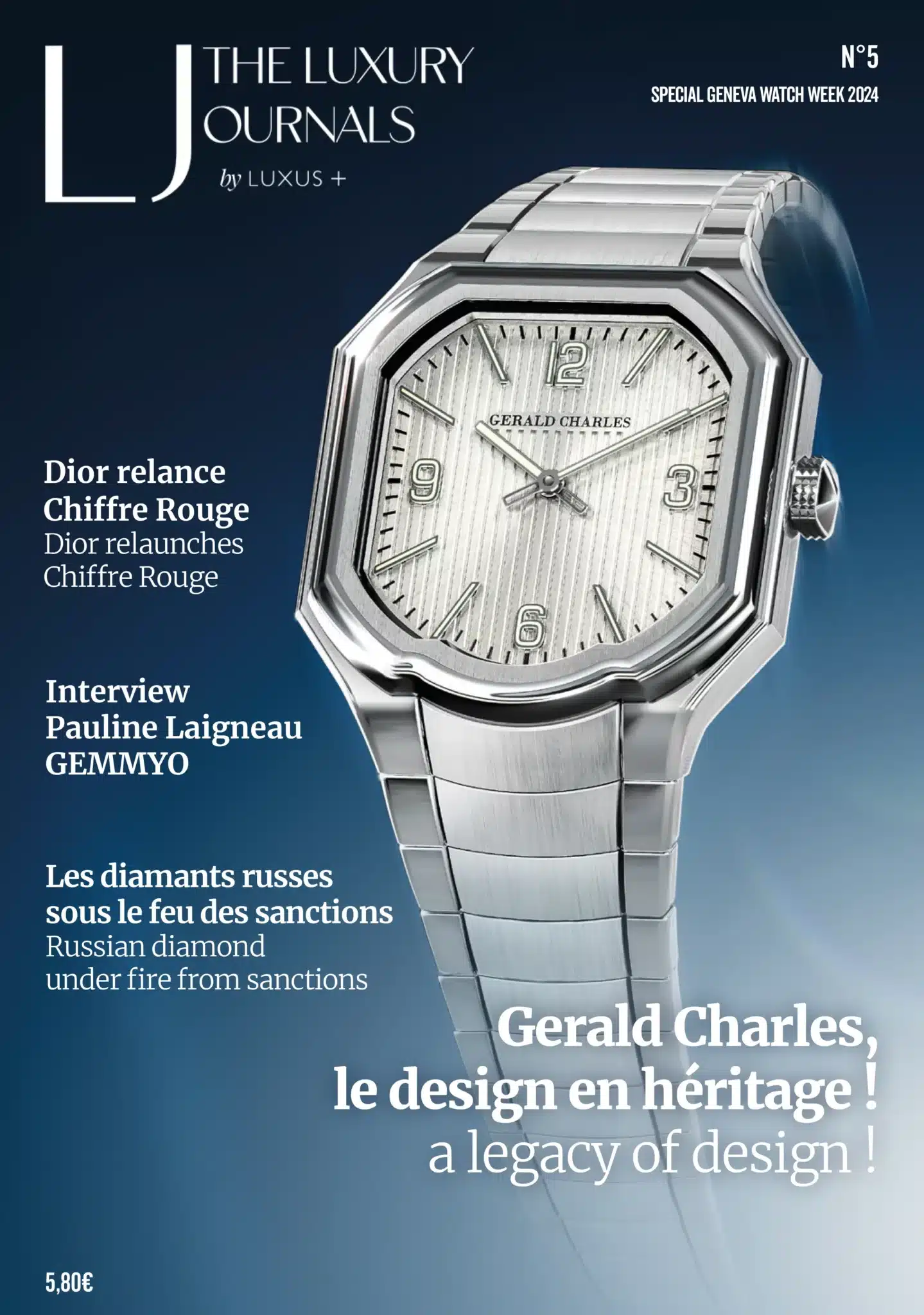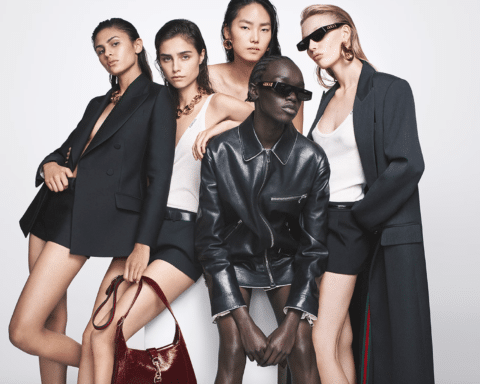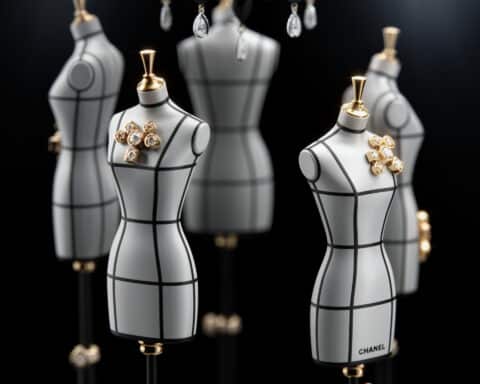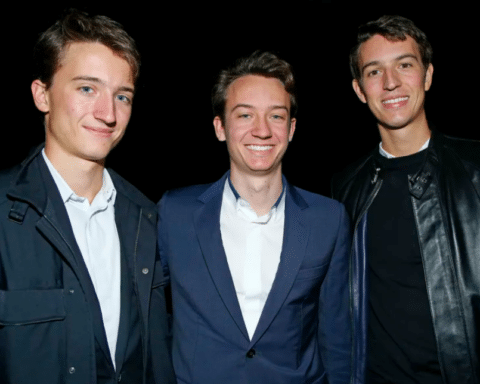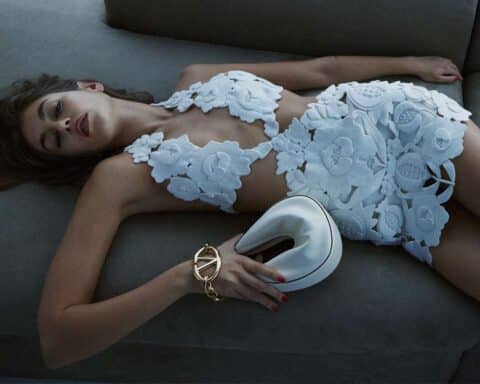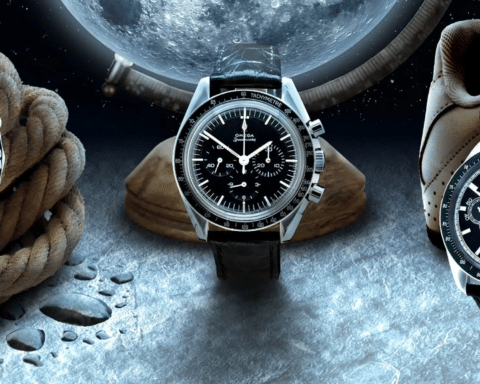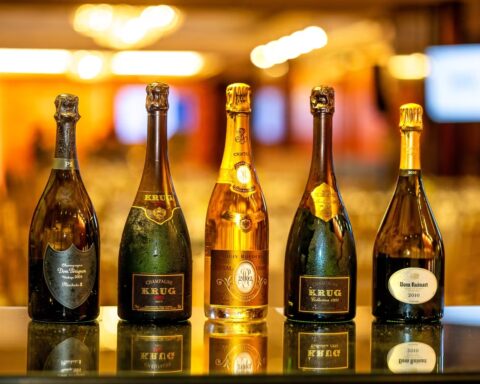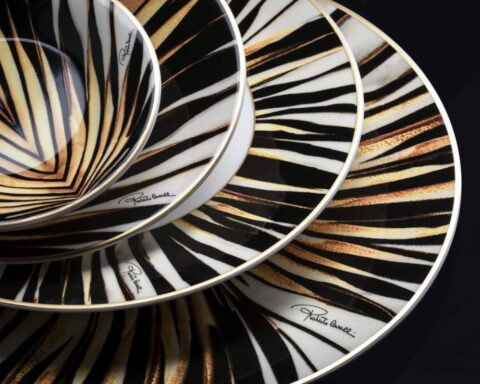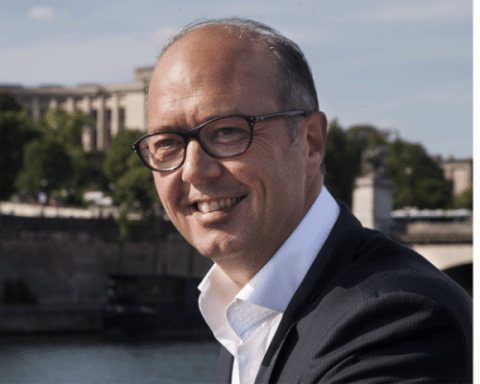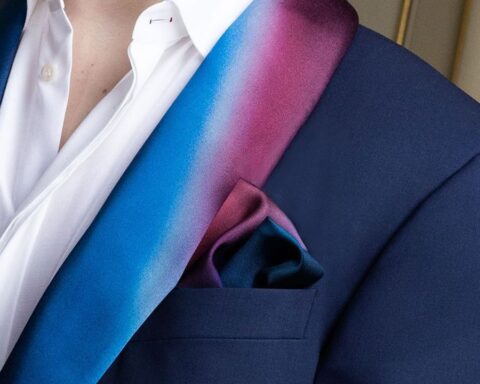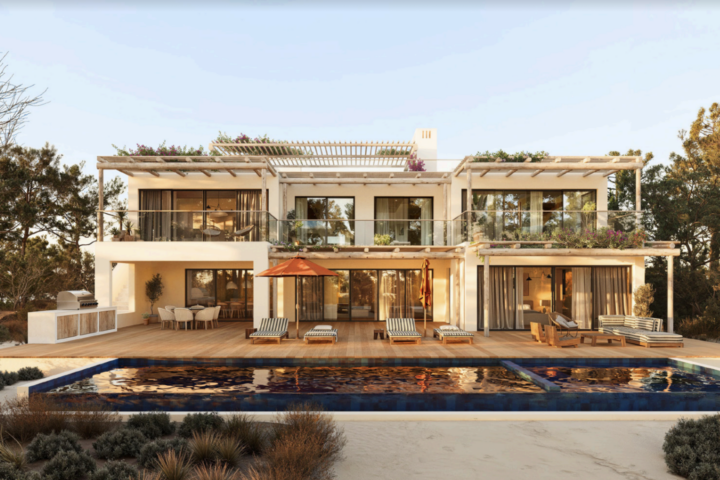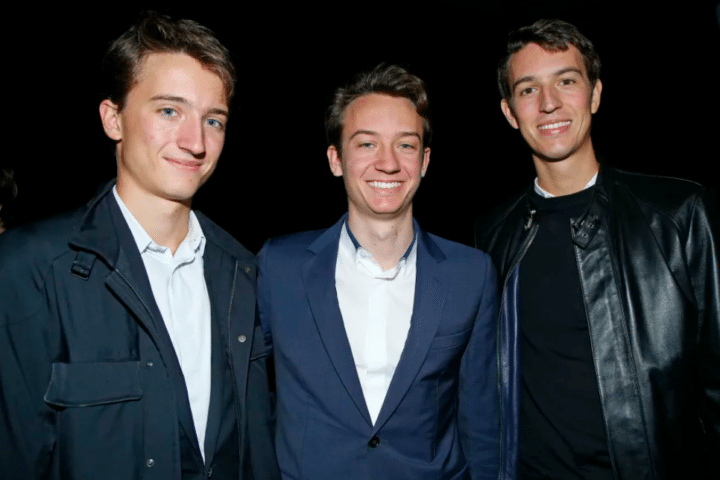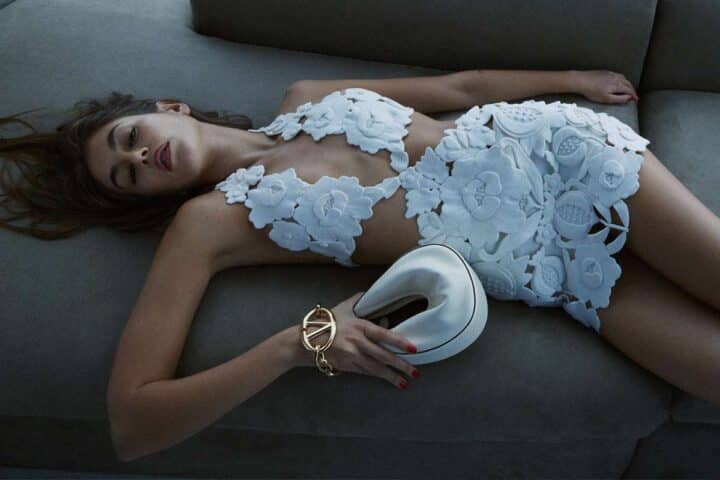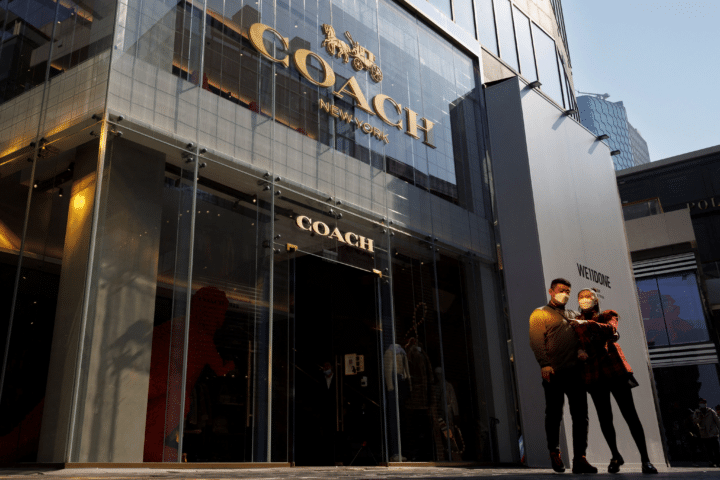[vc_row njt-role-user-roles=”administrator,armember”][vc_column][vc_column_text]
Attacked time and time again for discriminatory products, remarks or concepts, the world of luxury, and more specifically the world of fashion, is seeking to reverse this public opinion through profound changes in its managerial practices in an era of inclusiveness.
The luxury sector has for some time, with the evolution of society, been the subject of much controversy regarding its policy of inclusiveness, in terms of ethnic diversity, representation of women, employees with disabilities or older than the median age.
Indeed, the world of luxury is lagging behind other sectors, as is fashion in general. Scandals and attacks have thus multiplied against the major groups and their brands, a phenomenon due to a public whose desire for a fairer representation of our society on the catwalks has increased.
Who doesn’t remember the Prada figurine named Otto representing a little black monkey with huge red lips, which sparked controversy on social networks? Or the “Blackface” scandal against Gucci caused by a black sweater with a high collar adorned with a big red mouth? Or when Dolce&Gabbana, also accused of racism, alienated the Chinese population?
In order to put an end to their bad reputation and the deterioration of their image, the brands in turn decided to make managerial changes, changes in marketing and communication strategy, putting the inclusion criteria at the forefront, particularly those related to physical appearance, age, sexual orientation or ethnicity.
A new position has thus been created in almost all luxury companies: Head of Diversity and Inclusion. The diversity of models has become one of the priorities, be it on fashion shows, in advertisements or on social networks. Brands have also begun to pay attention to the level of education of their employees, and to the representation of all diversities within the company.
In early 2019, Gucci took the first steps in this direction by announcing the recruitment of a Global Director for Diversity and Inclusion, Renée E. Tirado. Tirado was already working in the sports world for Major League Baseball in this position. The brand also launched a scholarship program in New York, Beijing and Nairobi, allowing individuals with an eclectic background to find a place at Gucci.
Prada has followed suit and recently appointed its first head of diversity, following the aforementioned scandal that prompted the New York Human Rights Commission’s investigation into its diversity and inclusion practices. The company’s managers have also been required to conduct racial equity training.
Last year, the Italian house created a Diversity and Inclusion Advisory Council, co-chaired by Theaster Gates and Ava DuVernay. And in October, Malika Savell became North America’s first Diversity, Equity and Inclusion Leader.
A few weeks later, it was the turn of Burberry and Chanel to do the same.
“Improving inclusion and diversity is an ongoing opportunity for Chanel (…). We will continue to focus on new programs to demonstrate our understanding of all aspects of diversity, including diversity of thought, and to further promote a more inclusive and diverse culture” said the brand.
These improvements within luxury brands not only have a positive influence on their image and reputation, but also on their productivity in terms of innovation. Indeed, a 2018 Boston Consulting Group study found that companies with the most diversified management teams have earnings before interest and tax margins that are 9% higher than their less diversified counterparts.
These controversies have led experts to multiply studies and company rankings on this subject, a factor that should inevitably contribute to the growth of actions in the field.
For example, Financial Times, in conjunction with Statista, conducts the annual list of “Diversity Leaders” each year, which shows the extent to which companies in 16 European countries have succeeded in building a diverse and inclusive workforce, according to the perceptions of their employees and recruitment experts. The list is based on the participation of more than 100,000 employees who evaluate the efforts made by their respective employers to promote diversity.
This kind of ranking contributes effectively to the improvement of companies in the field and this in a consequent way since the latter are extremely concerned about their image. For example, this year, Hermès is ranked 5th by the Financial Times whereas last year the brand ranked 535 out of 700 companies.
Last year, it also achieved excellent results in terms of ethnicity and diversity in general. This year, its strongest area was gender and disability, where it made massive progress. It was one of only eight companies to score above 3.8 out of 5 for ethnicity.
Behind hermes followt Giorgio Armani in 6th place, Prada in 57th and Hugo Boss in 97th. Others such as Cartier, Louis Vuitton, LVMH, Richemont or Kering appear at the end, if not at all in the rankings. However, they still continue to make progress.
While the luxury industry is making progress in the area of inclusiveness and diversity, it still lags behind other industries. All the more so as it is necessary to know how to differentiate real actions from advertising shots to improve the image.
“The luxury industry has made significant attempts to make progress,” said Hannah Stoudemire, Executive Director of the “Fashion for All” Foundation. “But many companies are not doing the bare minimum,” she added.
Other brands have been involved in the development of diversity in the luxury world for much longer: Alexander Mcqueen, for example, had paraded the disabled athlete Aimee Mullins in 1998, long before the controversies began. In the 1970s, Givenchy favored black models to present its collections, and Jean Paul Gaultier has always emphasized diversity on its podiums: senior models and tattooed catwalk models, for example.
Read Also> BLACK LIVES MATTER : A KEY ISSUE FOR FASHION PLAYERS
Featured Photo : © Tommy Hilfiger Parade[/vc_column_text][/vc_column][/vc_row]


